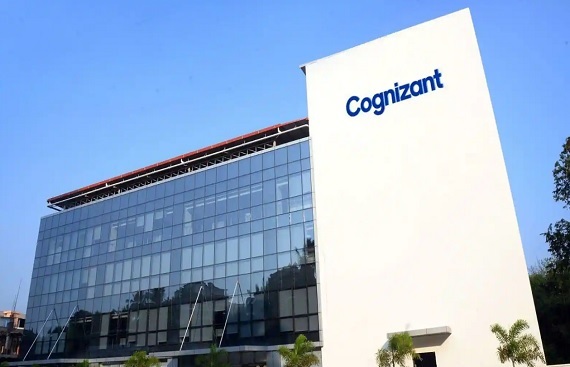Cognizant rejig may make digital arm nimbler, stem attrition: Analysts
By
siliconindia | Tuesday, 12 July 2022, 22:19 Hrs

The restructuring of its digital business arm will help keep in check Cognizant Technology Solutions’ attrition levels and is a result of the evolving nature of digital transformation deals, analysts have said.
Nasdaq-listed Cognizant is promoting two executives as part of the restructuring exercise under which the company is merging its Digital Business and Technology (DB&T) and Digital Business Operations (DBO) units to create four new integrated practices.
After the restructuring aimed at delivering client business outcomes aligned by industry, Rajesh Nambiar would cease to serve as executive vice president and president of DB&T but remain as executive vice president, chairman and managing director of Cognizant India.
As a part of the restructuring announcement, Annadurai Elango will lead core technology and insights, while Rob Vatter will lead enterprise platform services, the company said. Elango and Vatter will join Cognizant’s executive committee and report directly to CEO Brian Humphries.
“It is more critical than ever to align the delivery organizations with the market-facing teams. Previously, Cognizant's delivery and client-facing teams were operating separately. This merger allows staff in delivery roles to get more involved in higher-value business activities and the client-facing staff to get more involved in delivery issues,” said Phil Fersht, chief executive of HfS Research.
In the medium to long term, the merger will create more challenging and exciting career paths for staff, especially those based in India, he added.
Nambiar’s complete focus on the India role is to check attrition, improve Cognizant as an employer brand in India and focus on the merger should help the organization, Fersht said.
The Teaneck, New Jersey-based company's new structure aligns with where the industry is heading. By breaking the digital business into four sub-groups, Cognizant may become more nimble, said Peter Bendor-Samuel, CEO of Everest Group.
“The old cog structure was becoming unwieldy and looked out of date,” he said.
The company recently changed the definition of digital to reflect digital skills, growth priorities and pricing.
Under the new definition, digital accounts for 48% of Cognizant’s revenue in the 2021 fiscal year. In the first quarter, digital grew 20% annually, accounting for 50% of its total revenue of $4.8 billion.
Quite a few IT service providers have rejigged their organizational structure to become more customer facing.
Tata Consultancy Services (TCS) introduced its new operational model with effect in April with a target of $50 billion in annualized revenue. It also formed three business groups for relationship incubation, enterprise growth and business transformation.
“It is not a segmentation-based approach. It is a customer journey-based approach which we believe is a first-of-its-kind in the industry or actually wider also,” said TCS chief executive Rajesh Gopinathan in April.
